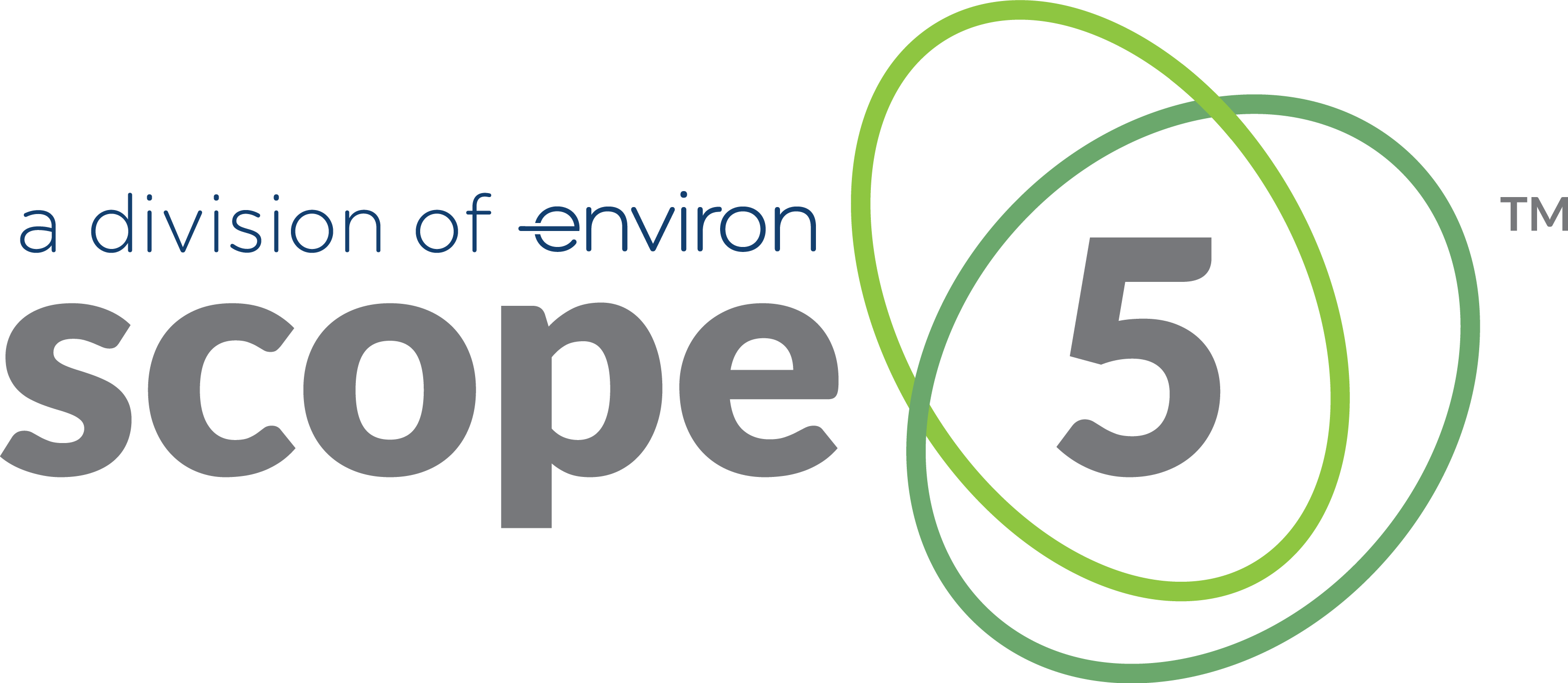We’ve noticed a trend among our customers and within the business community at large. Increasingly, organizations are looking for ways to communicate their sustainability stories and metrics more broadly. This isn’t terribly surprising – experts have been speaking for some time about the potential benefits that companies can expect as a result of better communicating their sustainability efforts. These benefits come in the form of increased revenues due to improved brand reputation and differentiation.
Bob Willard, for example, documents these in his book The New Sustainability Advantage and quantifies them in the related worksheets. According to Bob, a ‘more sustainable brand’ can increase top-line revenues by 5% on average! Kevin Wilhelm in his book Making Sustainability Stick, specifically mentions the top line and emphasizes the importance of communicating: “It’s not enough to have the competitive [sustainability] advantage. You’ve got to communicate it…”
Consistently, we’ve seen customers asking for features in Scope 5 software that would help them to communicate their sustainability work. We released the capability to publish public dashboards with charts and the stories behind them, a while back. But it seems that many of our customers want to produce their own, printed and electronic collateral that includes charts from their Scope 5 accounts. These might be used for example in annual reports or sustainability reports that are provided to various stakeholders.
And so – we’ve steadily been making it easier for our customers to export charts. We’ve provided jpeg export in the past but we added the ability to export to PDF, PNG, and SVG. In the next couple of weeks, we’ll be releasing further enhancements that make it easy to configure chart colors so that customers can export charts in their organization’s brand colors or in the color theme of a particular report that their communications department is producing.
We welcome the shift we’re seeing in expanding from a bottom-line focus to recognizing the potential top-line benefits that can accrue from communicating an organization’s sustainability work. This could be perceived as ‘just marketing’ but we feel that such communications serve to elevate and promote the sustainability conversation more broadly – and that’s a good thing!
